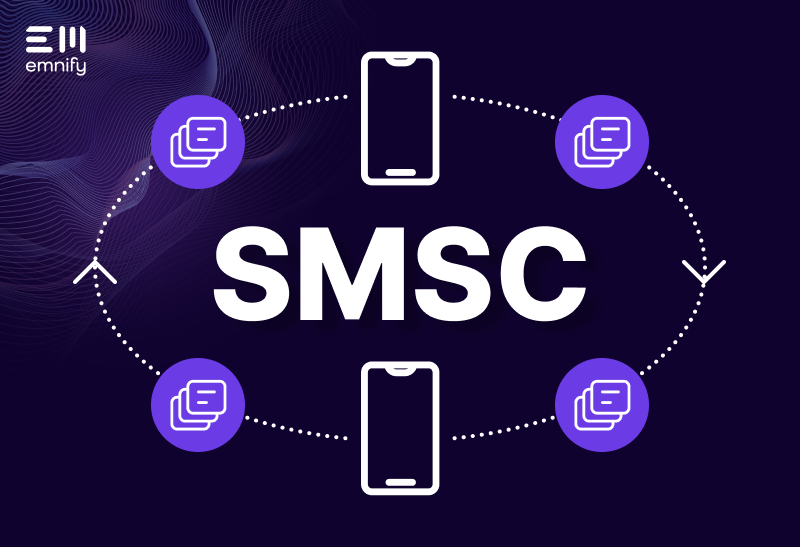

Quick definition:A2P SMS stands for Application-to-Person Short Message Service. Whenever a person receives a text message from a software program or sends a text message to one, that’s A2P SMS. Messages from an application are often automated and trigger based on a set of rules or conditions. Messages to an application involve a request or command.
Password reset requests, two-step authentication, and appointment reminders are all common examples of Application-to-Peer messaging. Enterprise businesses also use A2P SMS to turn text messaging into an outbound marketing channel.
In the Internet of Things (IoT), end users and manufacturers rely on A2P SMS to do things like remotely set the Access Point Name (APN), reconfigure devices, “wake up” a device to go online, or send small measurement data to the application.While P2P (Peer-to-Peer or Person-to-Person) SMS is usually two-way communication, A2P messaging is often one-way communication. The recipient may not need to reply to the SMS besides confirming that it is received. However, applications can also use pre-programmed responses to a received device SMS to facilitate data exchange.
The advantage of A2P SMS for IoT applications is that the device doesn’t need to be online to receive SMS, so the device can act on the command or request right away, rather than having to wait for a connection. Using A2P SMS saves battery, can lower costs, and ensures devices have a backup channel to receive or transmit data.
A smart water meter system can use A2P SMS to remotely adjust the flow of water or turn the supply on and off.
Smart security systems can use A2P SMS to turn off an alarm, unlock a door, or activate a camera that was in sleep mode.
Cold chain monitoring systems may use A2P SMS to change the temperature in a refrigerated truck or adjust the range that needs to be maintained.
So how do apps and devices communicate via SMS? Here’s how it works.
How A2P SMS works
Short Message Service relies on Short Message Peer-to-Peer Protocol (SMPP) to relay communications between two entities. It’s the system of rules that governs how they connect, whether each entity will transmit or receive a message, and how the message gets packaged.
One entity attempts to initiate an SMPP session using the protocol to determine where it’s trying to send the message, and then a Short Message Service Center (SMSC) accepts or rejects the message and relays it to the other entity. (In the context of SMS, SMS-enabled devices are called External Short Message Entities or ESMEs for short.)
IoT devices can connect to wireless networks, just like cell phones. Many of the most popular IoT applications even use cellular connectivity. But these devices don’t type out text messages. To use SMS, they communicate through a software application.
Applications aren’t “peers,” but they still use SMPP. With cell phones (P2P SMS), the SMSC is like a mediator, defining what their interactions will look like and passing messages between them. With IoT devices, the application effectively serves as an additional mediator, relaying messages to and from the SMSC on behalf of the IoT devices.
Enable Application-to-Peer messaging with emnify
If you’re an IoT manufacturer, your device may rely on SMS communication. In these cases, emnify can automate your SMS data exchange between device and application through the REST-API. The REST-API does not only allow to programmatically send SMS to the device but also to retrieve the SMS data the device sends.
Our communication platform connects your devices to a global cellular network and helps you to operate, automate and integrate your device communication. With our comprehensive approach to security we also offer SMS firewalls that ensure that devices cannot be misconfigured from outside.
Get in touch with our IoT experts
Discover how emnify can help you grow your business and talk to one of our IoT consultants today!



